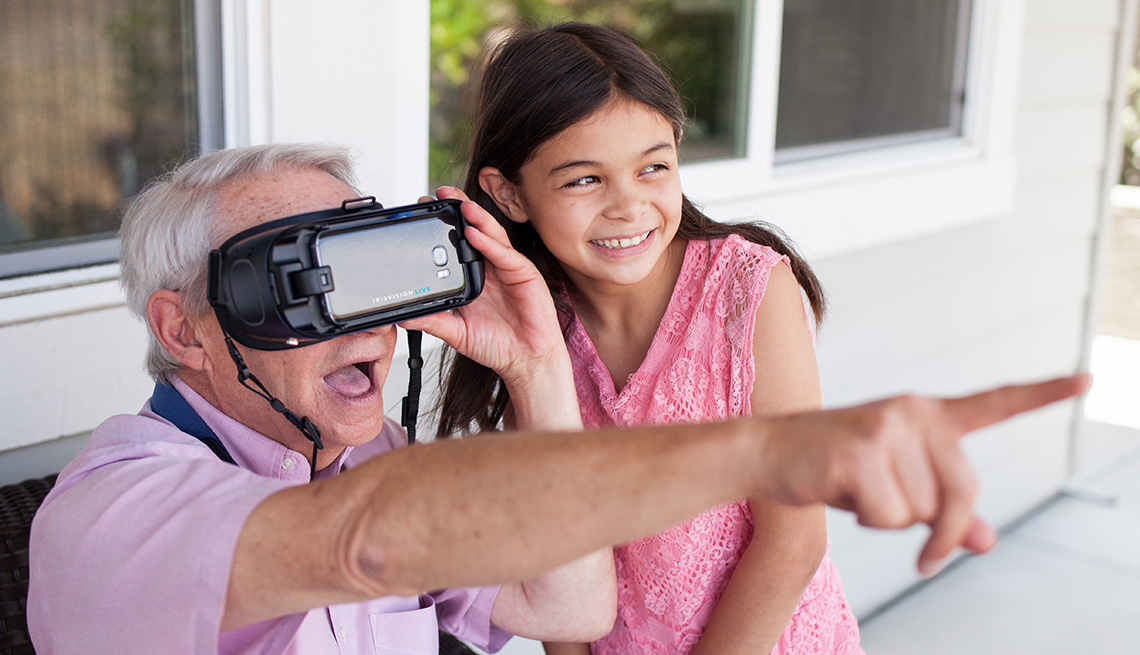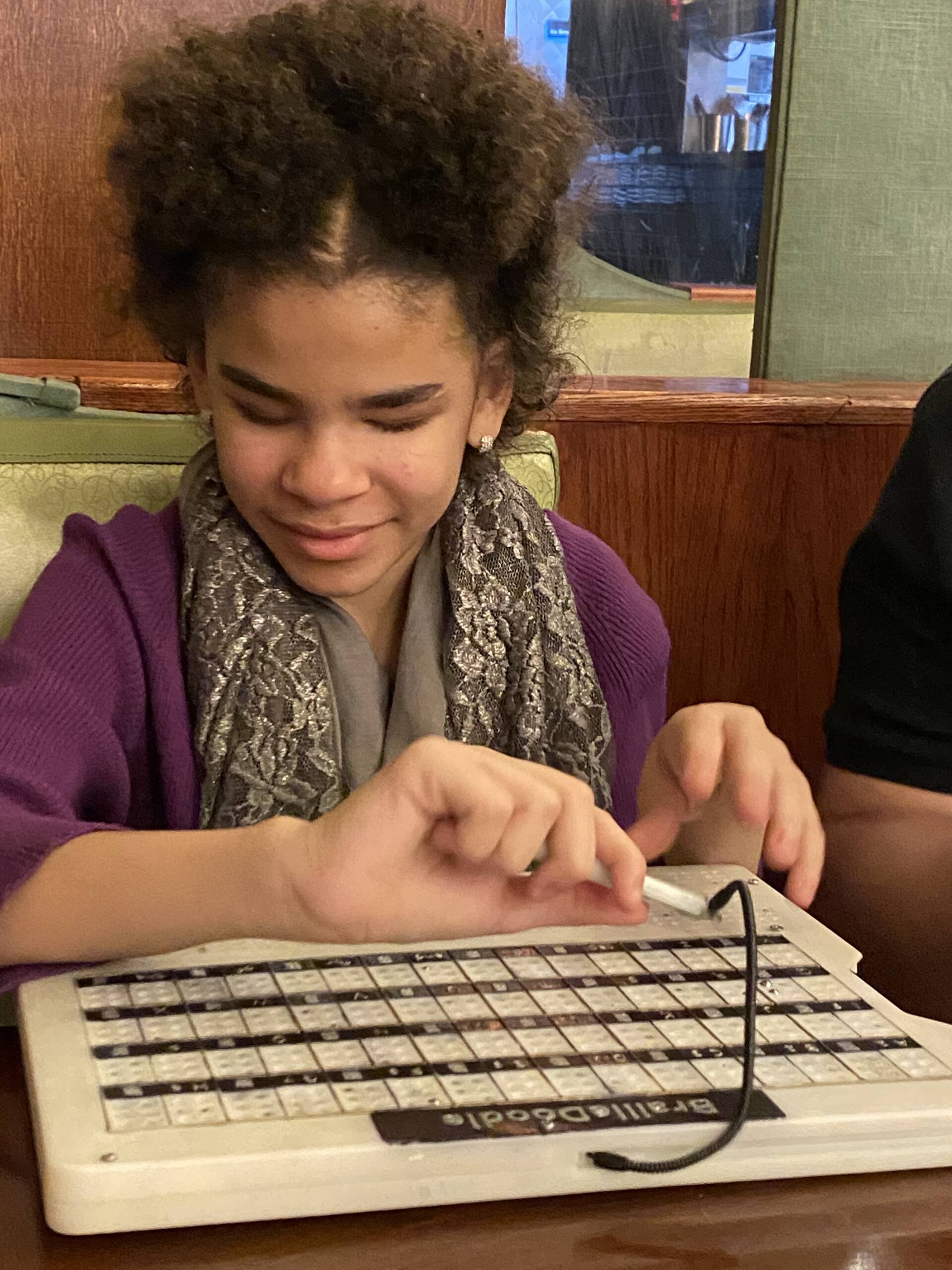Enhance Accessibility with Braille Tools and Notetakers
Empowering Freedom With Assistive Modern Technology for the Blind
The integration of assistive technology right into the lives of people with aesthetic disabilities represents a considerable development in promoting independence and self-sufficiency. From innovative screen readers to advanced smart walking canes, these devices not just enhance daily navigation and interaction but likewise equip individuals to engage meaningfully in numerous elements of life. As we explore the myriad benefits and real-world applications of these technologies, it comes to be essential to take a look at the underlying factors that contribute to their performance and the capacity for future growths in this crucial field.
Review of Assistive Innovation

The development of assistive modern technology is grounded in principles of inclusivity and empowerment. Developments in software program, hardware, and sensory improvements give users with choices customized to their specific requirements. From screen readers that transform text to speech, to responsive gadgets that convey info with touch, these devices change the way individuals involve with their environments.
In addition to sensible applications, assistive technology promotes greater social incorporation and participation in various sectors, including education and employment (AI-powered visual aids). As r & d continue to develop, the possibility for assistive technology to further boost the lives of visually damaged people continues to be appealing, paving the method for an extra fair society where every person can prosper
Kinds Of Assistive Gadgets
A variety of assistive devices have actually arised to sustain individuals with visual problems, each developed to meet certain requirements and boost everyday performance. These tools vary from low-tech remedies to high-tech technologies, supplying diverse options for individuals.
Low-tech gadgets include magnifiers and large-print materials that aid in reading and writing. Braille devices, such as Braille slates and styluses, enable tactile analysis and communication. Alignment and movement aids, like white walking sticks, help individuals browse their atmosphere securely.
On the greater end of the range, digital magnification systems and display viewers use considerable assistance. Electronic magnifiers permit users to enlarge text and photos on displays, while display visitors convert digital content into synthesized speech, helping with access to information on computers and smart devices.
Mobile phone applications also play a crucial function, giving functions like message recognition and navigating support. Wearable modern technology, such as smart glasses furnished with increased fact, is arising as an appealing device to boost situational recognition.
Benefits of Assistive Innovation
The integration of assistive technology substantially boosts the quality of life for individuals with visual problems. These technologies equip individuals by advertising freedom, allowing them to navigate their settings a lot more successfully and do day-to-day tasks with greater ease. Screen readers and magnification software application allow individuals to accessibility digital info, promoting instructional and professional chances that might have previously been out of reach.
In addition, assistive tools such as smart walking canes and GPS applications provide real-time navigation aid, enhancing wheelchair and safety. This increased freedom not only improves self-worth but also urges social interaction, enabling users to participate more totally in their neighborhoods.
Assistive modern technology also assists in interaction, assisting individuals get in touch with others via voice recognition and text-to-speech applications. This ability is important for maintaining partnerships and accessing critical information.
Furthermore, the modification choices available with numerous assistive innovations make certain that users can tailor tools to their particular needs, better boosting usability and effectiveness. Overall, the useful source benefits of assistive technology for individuals with aesthetic impairments are profound, promoting a much more comprehensive culture where everybody can seek their objectives and goals.
Instance Studies and Success Stories
Highlighting the transformative effect of assistive modern technology, many case studies highlight how individuals with visual impairments have successfully incorporated these devices right into their day-to-day lives. One engaging instance involves an university student who used screen analysis software program to browse on the internet resources and academic materials properly. This modern technology not only promoted her education and learning but additionally improved her self-confidence in taking part in conversations and group jobs.
An additional study includes a professional who utilizes a smart device application created for navigation and object acknowledgment. By utilizing this application, he has regained autonomy in both his personal and workplace, enabling him to commute independently and involve with associates a lot more efficiently.
In addition, a retired person shared her experience with braille e-readers, which allowed her to access a vast array of literature and stay gotten in touch with her community through publication clubs.
These success tales highlight the essential duty of assistive innovation in fostering self-reliance, improving lifestyle, and promoting social assimilation for people with visual impairments (OCR devices for the blind). By welcoming these ingenious devices, customers can get rid of challenges and confiscate opportunities that add to their individual and expert fulfillment

Future Trends in Assistive Modern Technology
Innovation in assistive innovation is positioned to redefine the landscape of support for individuals with visual problems. Arising fads stress the assimilation of synthetic knowledge (AI) and artificial intelligence, which improve the functionality of devices that help with navigating and details accessibility. For example, AI-driven applications are now qualified of analyzing visual data in real-time, allowing users to involve with their atmosphere much more individually.
In addition, the growth of wearable technology is progressing swiftly. Smart glasses outfitted with augmented reality (AR) can provide audio summaries of environments, transforming how users connect with public areas. These devices not only advertise Resources autonomy yet additionally foster social inclusion.
In Addition, the Net of Points (IoT) is making homes smarter, allowing for seamless connection between assistive devices and everyday home appliances. This connectivity empowers customers by making it possible for voice-activated controls and automated responses customized to private demands.
Conclusion
In final thought, assistive technology plays a pivotal role in encouraging individuals with aesthetic impairments by boosting their freedom and engagement with their environments. The diverse variety of applications and tools readily available not just facilitates navigation and interaction yet likewise advertises social integration and possibilities for expert and personal development. As developments continue in this field, the possibility for boosting the lifestyle for those with visual problems will certainly increase, fostering higher autonomy and empowerment.
